National Colorectal Cancer Awareness Month brings attention to the second leading cause of cancer deaths in the United States.
March is National Colorectal Cancer Awareness Month
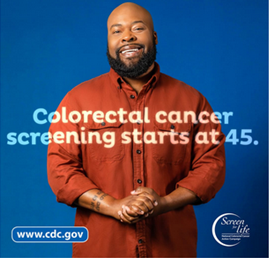

National Colorectal Cancer Awareness Month brings attention to the second leading cause of cancer deaths in the United States.
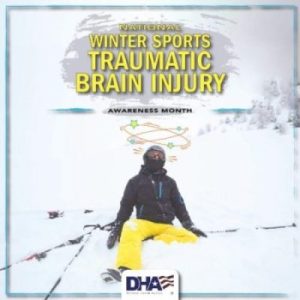

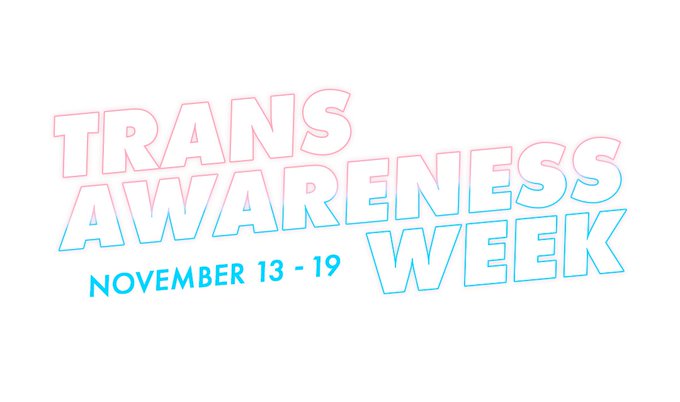


This year’s theme is “Your Pharmacist: Improving Health. Increasing Access.”

The annual UW Libraries Student Video Contest asks students to create original videos showcasing the Libraries through the lens of student experience, and the 2023 results are in!
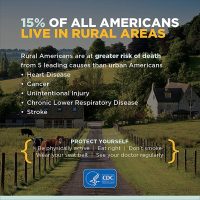
In comparison to urbanites, people living in rural areas have poorer health outcomes.
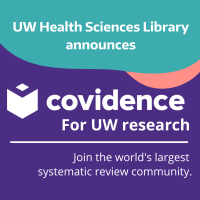




The United States has an alarmingly high maternal mortality rate in comparison to other wealthy nations.

UW Health Sciences Library celebrates the life and legacy of Dr. Martin Luther King Jr., a prominent leader of the civil rights movement who championed health equity.